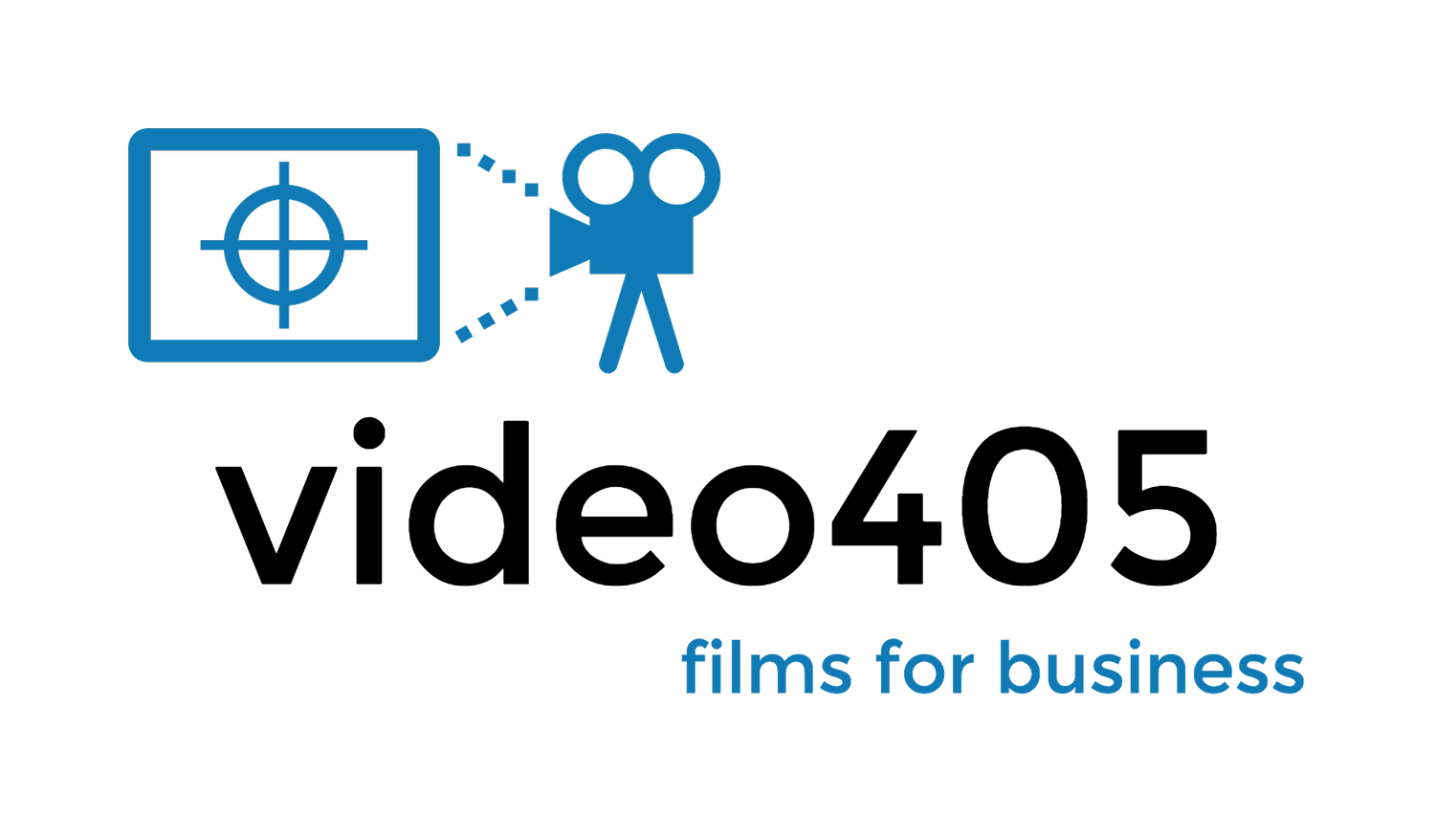Running the Numbers on Facebook & Video
/Most business owners considering advertising only look at what it will cost them. They rarely consider what it would take to break even on an advertisement or campaign let alone consider the lifetime value of an advertisement. The reason?
There hasn't been a simple or readily available way to project both break even and lifetime value of a video ad with confidence. What isn't difficult is seeing a $2000 price tag on a new commercial and its immediate effect on your budget. Then there is the cost buying TV time with your local station or cable provider which can run $1500 to $3000 for a prime spot on a network or $15 to $175 per spot on cable. And there's one more problem: with the advent of streaming video online, it's even more difficult to make sure you're hitting your target demo graphics on TV.
This leads to many businesses not advertising when they should because they couldn't look past the initial price tag to see the untold piles of cash advertising would have brought in.
But now there is a new platform that dramatically decreases the cost of placing a video ad in front of potential customers while also giving marketers precise targeting data: Facebook.
Let's say you own an Italian restaurant. Your average customer spends $15 per person each visit (a party of two would spend $30, a party of three $45, etc.). What would you need to do to simply break even on a new commercial?
The production was a one time $2000 cost and you decided to promote it on Facebook for $5 a day for three months (90 days x $5 = $450). Your marketing spend is now at $2450 over three months. If your PPA is $15, then we need to gain approximately 164 new customers to break even.
That works out to 55 new customers a month or 2 new customers a day !
LET ME REPEAT THAT:
To break even over the course of three months on a $2000 commercial with a limited $450 ad budget, your commercial would need to attract just 2 new customers a day! And keep in mind, that people normally eat with others. If the person who sees your ad brings a spouse, friend, or coworker, you've already hit your number.
But we can go deeper into the numbers!
In Oklahoma City, with proper targeting on Facebook, our Italian restaurant ad has a potential reach of 152,000 users. On a $5 a day marketing budget, you can reach a 1200 to 2400* of those people a day (* numbers given are an estimated range by Facebook).
What percentage do you need to convert to break even?
In other words, how many of those 1200 to 2400 people need to become the 2 new customers you need a day to pay for your ad?
2 / 1200 = 0.0017%
A successful conversion rate for most marketing initiatives is 3-5%. To break even on your video ad, you only need to convert0.0017% of the people who see your ad each day.
But obviously, no one advertises to break even. What happens if you convert 6 of your daily targets (a 0.005% conversion rate)?
6 new customers x $15 ppa = $90 additional revenue for the day.
There are roughly 90 days in a quarter so:
$90/day new revenue x 90 days = $8100 in new revenue for the quarter.
Minus our marketing budget of $2450, that's new net revenue of $5650 in the first quarter your ad runs. In the second quarter, you'd only have the $450 Facebook ad expense and your net revenue would increase to $7650.
And we haven't even calculated repeat visits those new customers would make, how additional people they could bring with each visit, or the number of visits their word-of-mouth would generate.
But there's more to why you should start advertising on Facebook and specifically with video.
Facebook's autoplay feature makes viewers 25% more likely to watch your ad. Videos are 12x more likely to be shared on Facebook over links and pictures combined. And Facebook's targeting and placement algorithms ensure only qualified leads (via your targeting choices) will see your ad anytime they log on during your campaign.
Advertising with video on Facebook is a new frontier, but it's already proving to be a huge advantage for businesses willing to forge ahead. Don't be the left behind.













